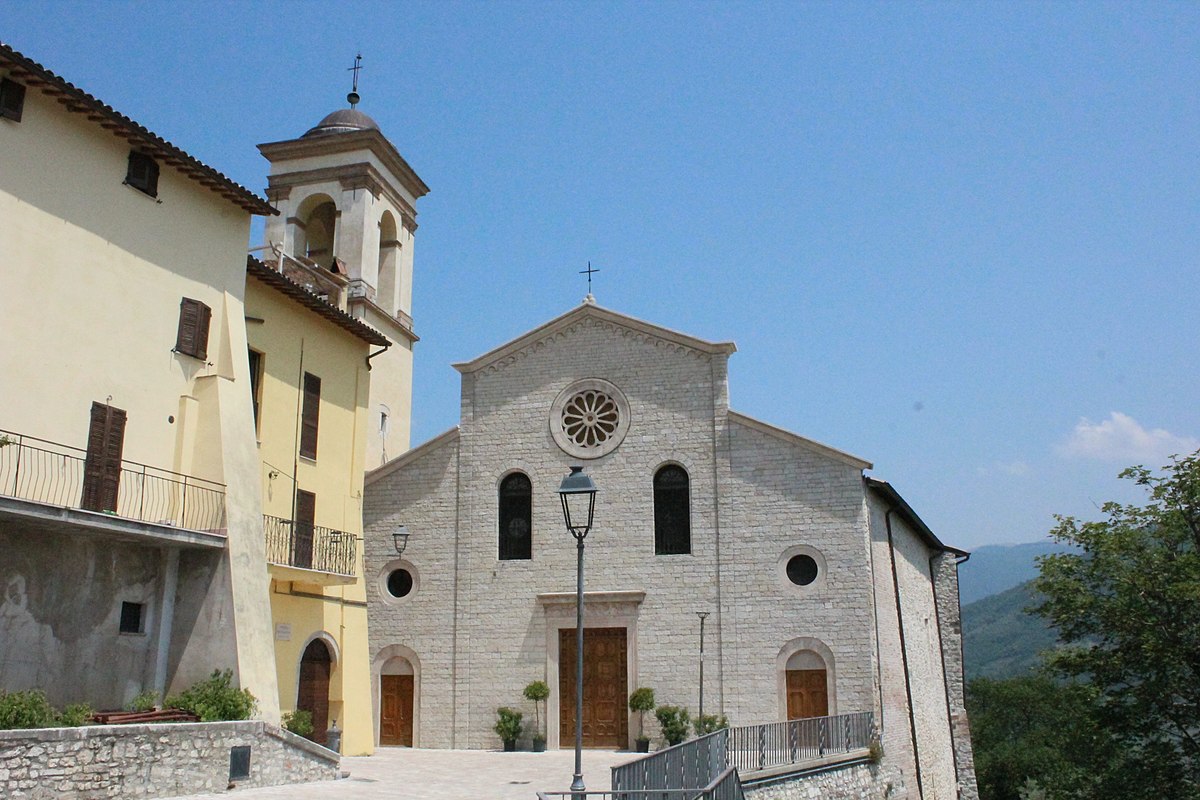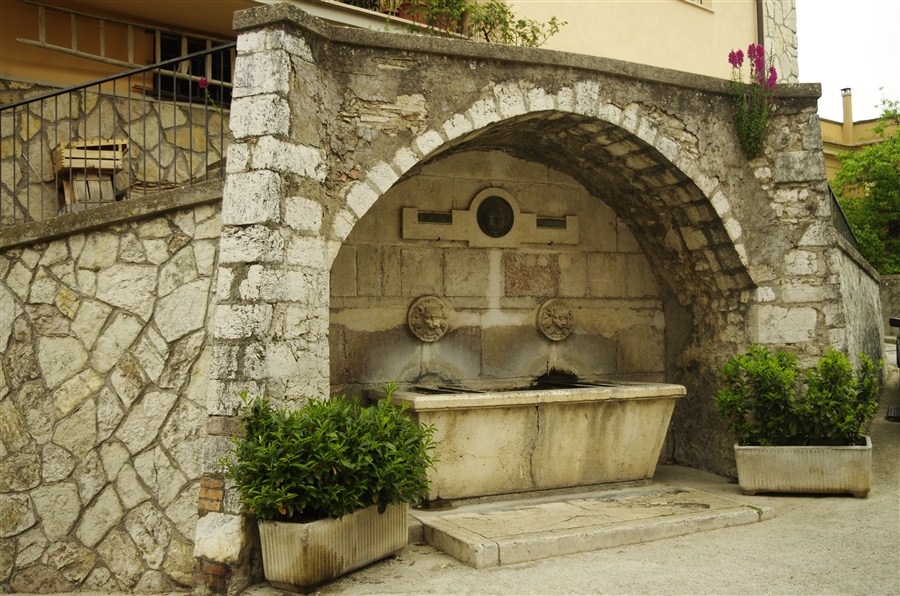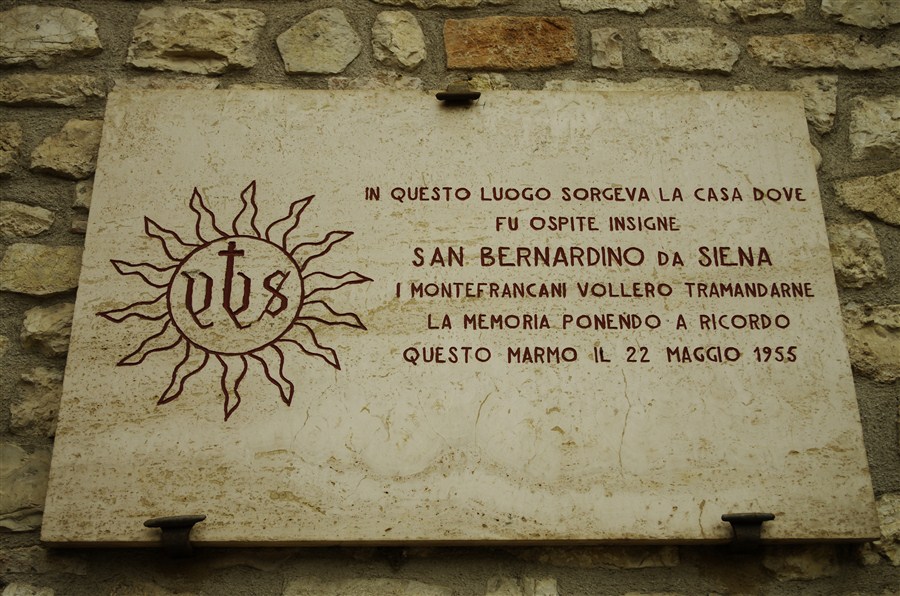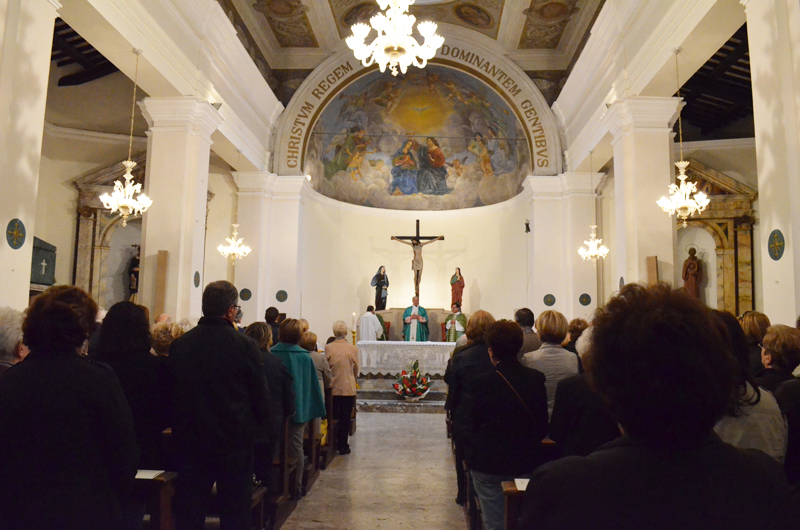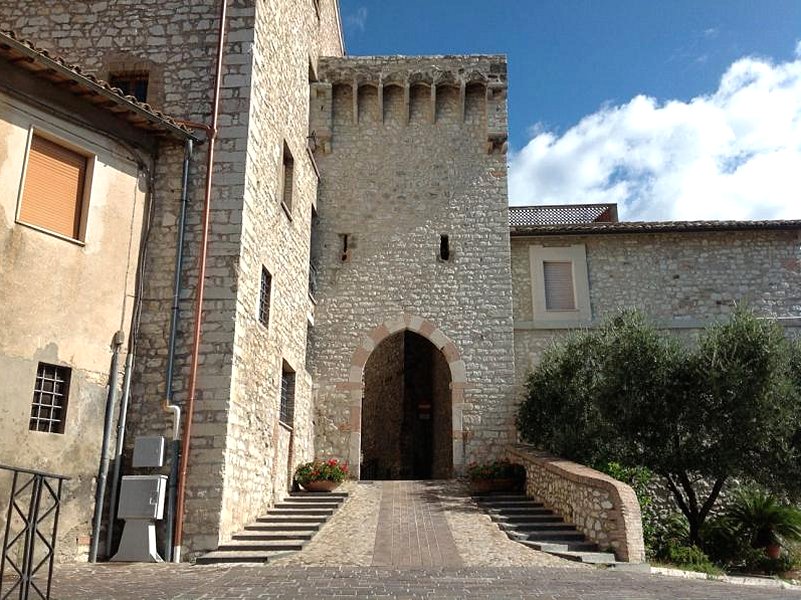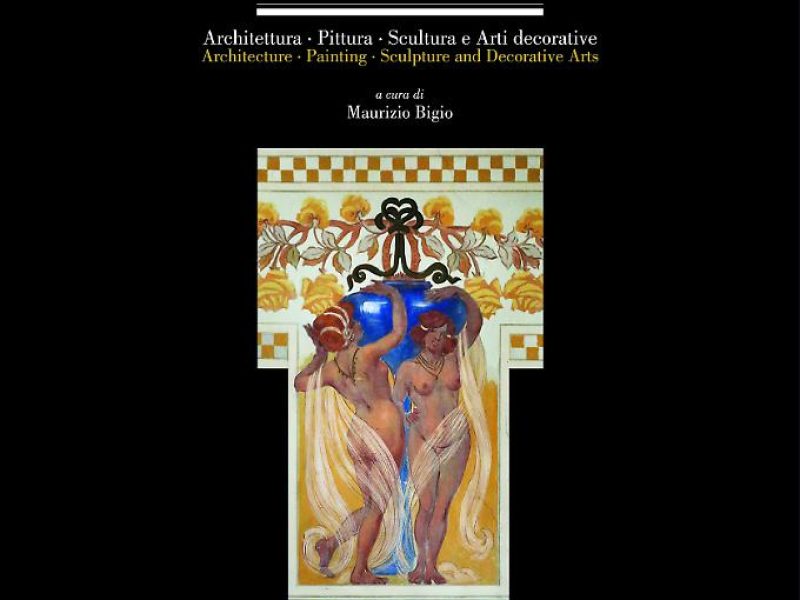Montefranco
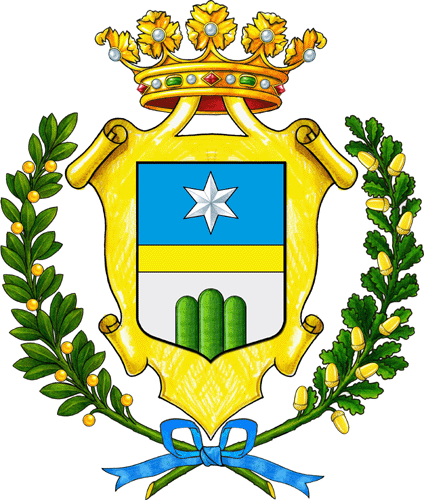
PROVINCE:
WEB:
For tourist information:
Proloco
Via De Santis, 2/A
Cell. 3471418306
Montefranco
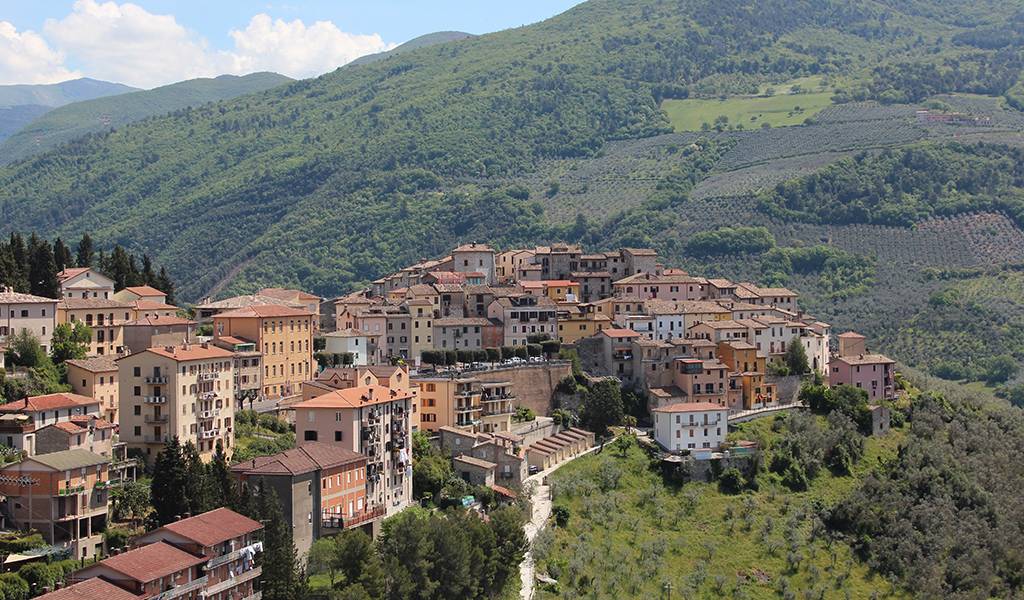
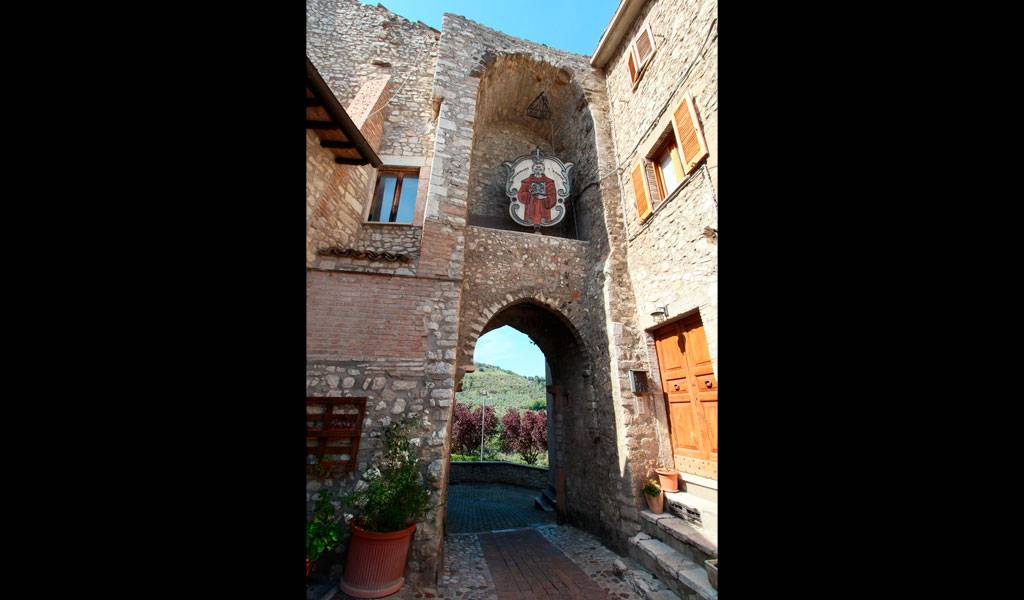
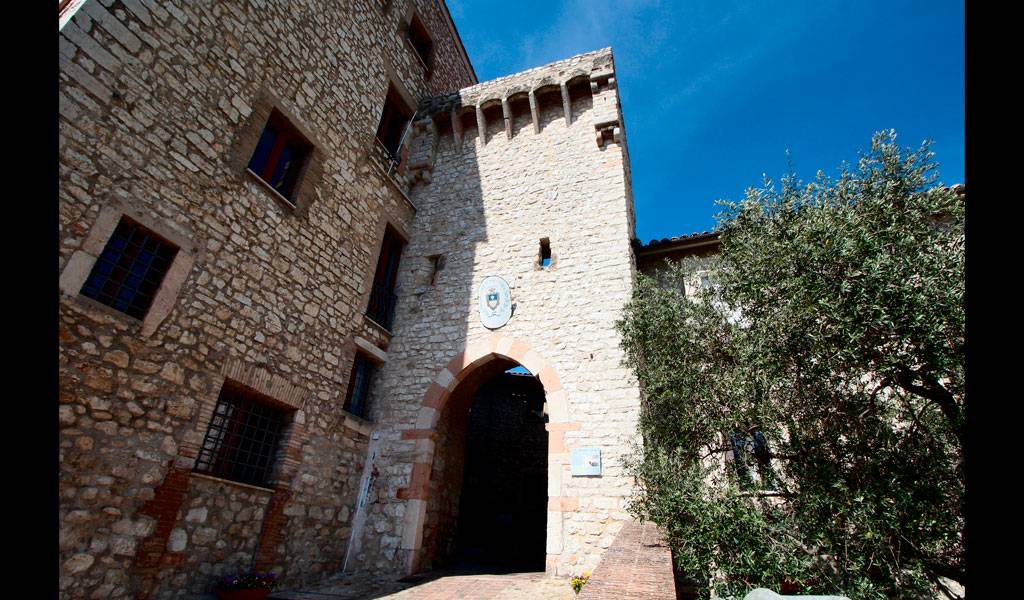
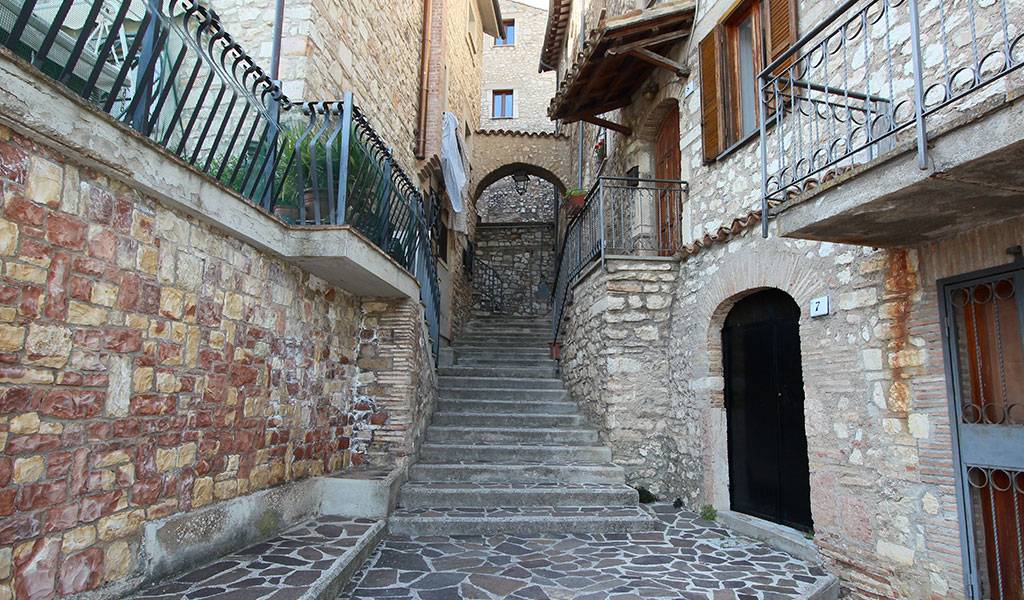
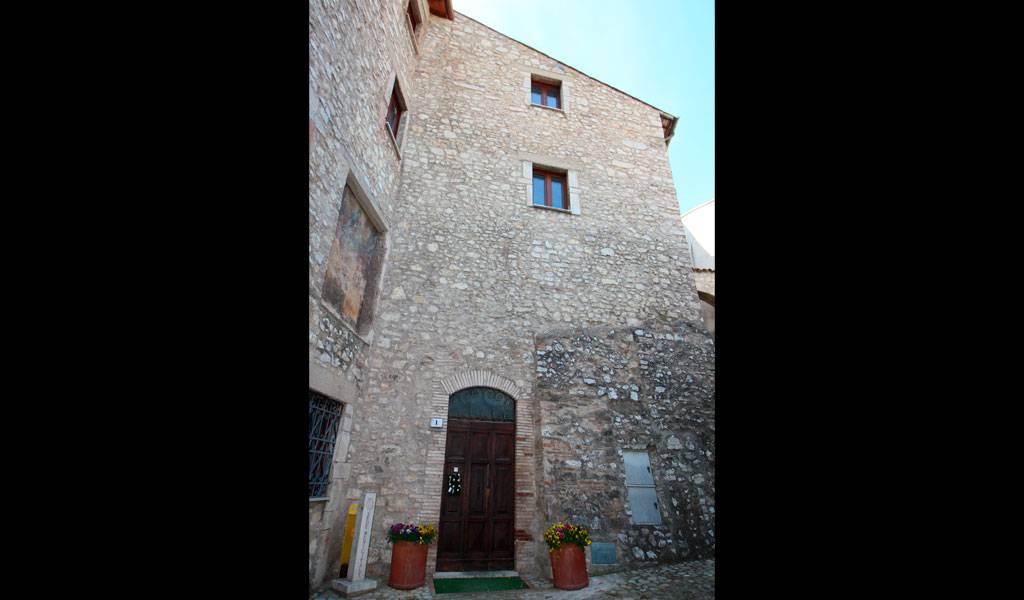
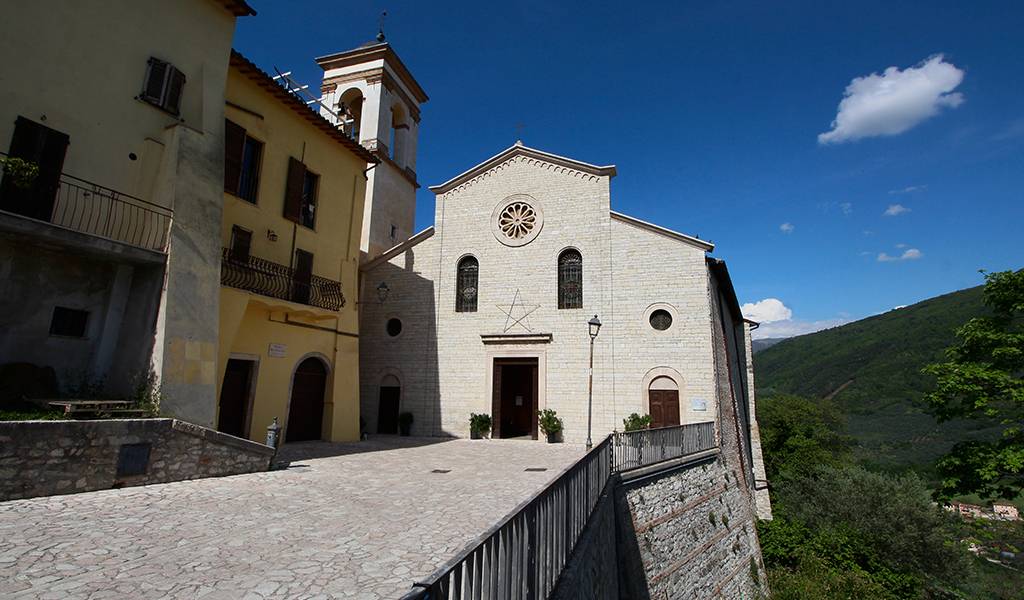
ACQUASPARTA è ISCRITTA A:
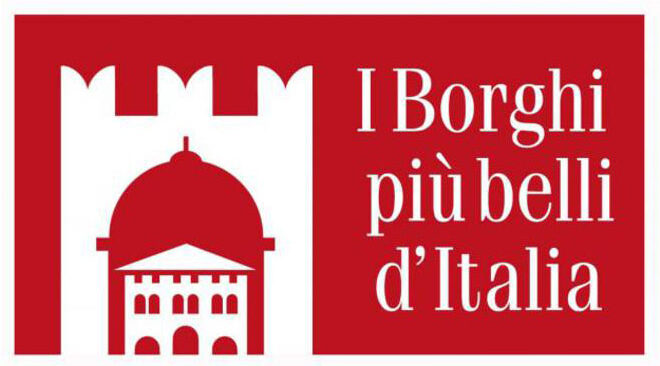
discovering the village
Montefranco is a small medieval village in the Terni Valnerina, perched 414 meters above sea level on the right bank of the Nera River, which offers visitors a unique panorama and an atmosphere of peace and tranquility.
It owes its name to the deeds of a group of inhabitants of Arrone who, tired of submitting to the rule of the local lord, settled on the Bufone hill in 1228 and built a “franco”, or free, settlement. Other sources derive the name from franchigia: in fact, Spoleto, in order to gain the loyalty of the Arrone exiles, granted them double the privileges of franchise. For several centuries, the history of Montefranco was linked to that of Spoleto, alternating events of alliances and rebellions. Paul V made it autonomous from the Duchy in 1522, but about a hundred years later Urban VIII brought it back under the control of Spoleto. Only in 1860, with the annexation to the Kingdom of Italy, did it definitively obtain administrative autonomy, first entering the province of Perugia and, from 1927, that of Terni.
The village still retains its medieval appearance and it is possible to admire the remains of the Bufone castle – a typical hill castle – of which two gates (Porta Franca and Porta Spoletina) and the external walls survive. Nearby, a plaque recalls that San Bernardino da Siena stayed here in 1444, passing through on his journey to L’Aquila. The convent complex (in the Monzano area) is also dedicated to him, where – tradition has it – the Franciscan saint made spring water flow; already in that area there was a small church probably dedicated to San Primiano, where San Bernardino stopped. The current church, built in 1454, was rebuilt in the 15th century with an adjoining convent of the Observant Fathers; traces of the original building are still clearly visible on the façade.
Wandering through the narrow streets and winding roads you will come across several beauties waiting to be discovered, such as the church of the Madonna del Carmine (16th century) which houses 17th-century frescoes of the Umbrian school and a 16th-century Ascension; the church of Santa Maria Assunta of medieval origin, expanded to three naves in the 15th century at the time of Pope Eugene IV and the church of San Pietro, built by the abbot Lorenzo Sinibaldi and created by the architect Carlo Marchionni: in 1753 it was aggregated to the Basilica of San Pietro, with the benefit of indulgences. Simple, but elegant, it has a single nave where you can admire an altarpiece depicting the Immaculate Conception with Saints Peter, Paul and Lorenzo the Martyr, attributed to the Roman painter Stefano Pozzi.
Along the road to Monte Moro is the small church of San Marco, probably built on a pre-existing 17th-century shrine. Curious – worth a visit – the Fountain of the Wolves with water flowing out of two heads in the shape of the animal.
Going up from the village to Monte Moro you reach an archaeological site where the remains of flooring from a building dating back to Roman times, perhaps a sanctuary, and some cisterns have been brought to light. From here you can also admire the Fosso Lavatore valley on the northern side towards the Flaminia.
Montefranco – which is located within the Nera River Park – also leaves you speechless for its scenic beauty, among olive trees and oak and pine forests. It is possible to practice outdoor activities such as hiking, rowing, rafting, canyoning, sport climbing and speleological excursions. To taste the genuine flavors, don’t miss the Sagra de la pizza sotto lu focu and Arrosticini a tutta birra.
In short, Montefranco is a place of art and nature, which represents the most authentic and characteristic soul of Umbria.
per saperne di più


